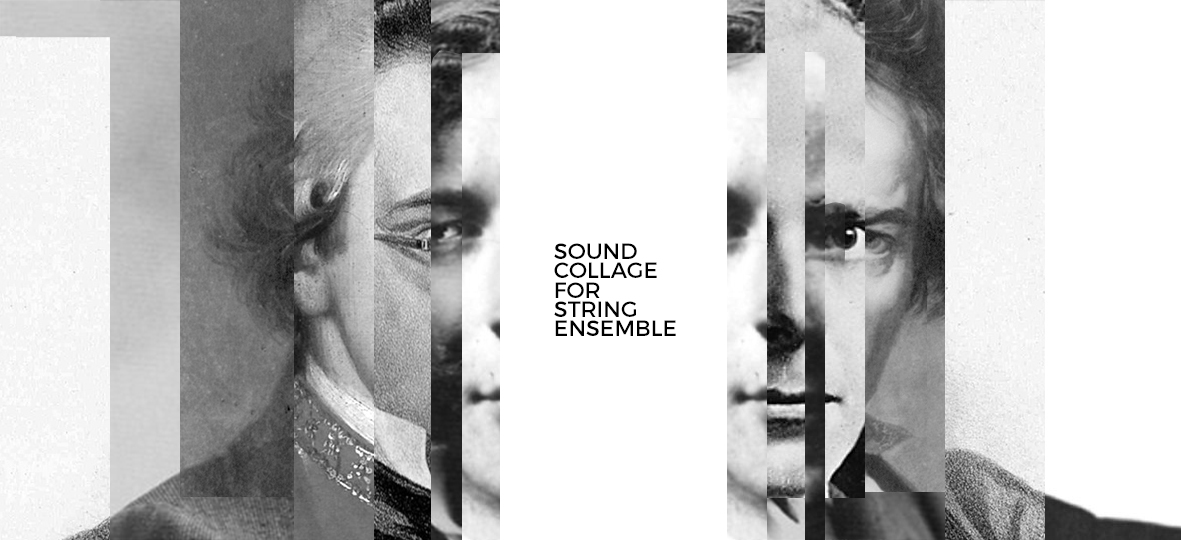
Sound Collage
Throughout the 20th century, creatives across many movements, mediums, and styles began to explore the practice of collage art. The inventive and innovative approach to art attracted artists due to its one-of-a-kind aesthetic and unique, pieced-together process. Beginning in the modernist period and continuing into the contemporary art world, the collage art form has undergone a series of changes as more and more artists opt to explore it.
Sound collaging is a musical technique where various sound pieces are layered and essentially “glued” together in order to create an auditory art piece. may be achieved through the use of previous sound recordings or musical scores. Like its visual cousin, the collage work may have a completely different effect than that of the component parts, even if the original parts are completely recognisable or from only one source.

The origin of sound collage can be traced back to the works of Biber’s programmatic sonata Battalia (1673) and Mozart’s Don Giovanni (1789), and some critics have described certain passages in Mahler symphonies as collage, but the first fully developed collages occur in a few works by Charles Ives, whose piece Central Park in the Dark, composed in 1906, creates the feeling of a walk in the city by layering several distinct melodies and quotations on top of each other. Thus, the use of collage in music actually predates its use in painting by artists like Picasso and Braque, who are generally credited with creating the first collage paintings around 1912.
Earlier traditional forms and procedures such as the quodlibet, medley, potpourri, and centonization differ from collage in that the various elements in them are made to fit smoothly together, whereas in a collage clashes of key, timbre, texture, meter, tempo, or other discrepancies are important in helping to preserve the individuality of the constituent elements and to convey the impression of a heterogeneous assemblage. What made their technique true collage, however, was the juxtaposition of quotations and unrelated melodies, either by layering them or by moving between them in quick succession, as in a film montage sequence.
‘IT’S NOT WHERE YOU TAKE THINGS FROM – IT’S WHERE YOU TAKE THEM TO.’ JEAN LUC GODARD
In our project we are composing -fully acoustically- a new chamber music piece using the compositions of composers Beethoven, Schubert, Ravel and Bartok. The newly composed piece will be written fully tonal, using the material “montaged” from mentioned composer’s music. We are aiming to create “new” by blending and recycling music from the old, to create a homage to the old, resourcing from those masters to reveal their power and to underline the importance of recycling, even in music.